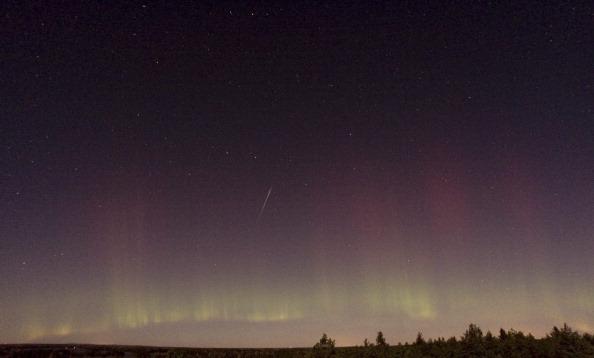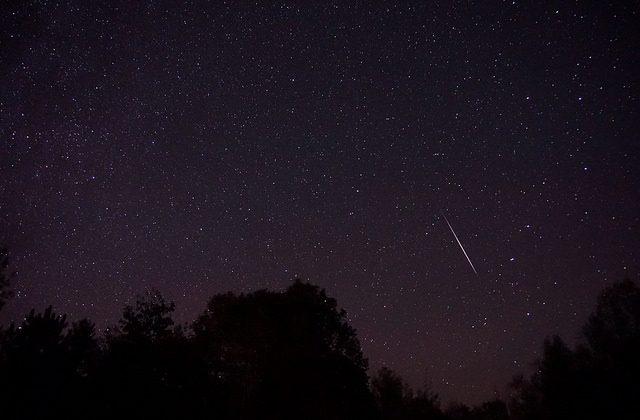Stargazers will have the chance to see an array of shooting stars when two stunning meteor showers grace the UK’s skies this October.
The Draconids is the first of the two meteor showers that will be displayed in the night sky this month.
The Draconid will reach its peak this weekend on Oct. 8. It’s best to view the shower in the evening just after sunset, before the waning harvest moon rises in the sky.

While the Draconid meteor shower is not one of the more prominent showers, there have been outbursts of activity in recent years.
Mike Hankey, the operations manager at the American Meteor Society advises to go stargazing at least 30 minutes away from the city lights, where views will be unaffected by light pollution.
However, the weather forecast for this weekend is looking pretty grim, though you might have a chance to catch a glimpse of the stars if you are in the east or southeastern areas of England where there could be some breaks of clouds, the Met Office said.
But there’s still hope. There’s another celestial event this month—the Orionid meteor shower—that will peak on Oct. 21.
At its peak, the Orionid meteor shower has 20 shooting stars per hour at 41 miles per second, according to the Met Office.
A meteor is made of material from outer space that burns as it enters the Earth’s atmosphere. The burning trail leaves beautiful streaks of light, that are often called shooting stars.
The Earth passes through a dust trail that is in the same place in space, on the same days each year, said Mike Hankey.
![The Orion constellation is one of the brightest in the sky. (“Orion Constellation” by Ben Burchell/Flickr [CC BY-ND 2.0 (ept.ms/2fRHsQQ)])](/_next/image?url=https%3A%2F%2Fimg.theepochtimes.com%2Fassets%2Fuploads%2F2017%2F10%2F05%2F8384207413_624f8cab52_z-600x400.jpg&w=1200&q=75)
Meteor showers are named from the constellation the meteors are thought to originate from. The Orionids are formed from the debris of the comet Halley, and appear to radiate from the constellation Orion, one of the brightest constellations in the sky. Orion is also known as Hunter in Greek mythology.
The fiery debris of the Draconids appear to emerge from the northern constellation Draco the Dragon.





